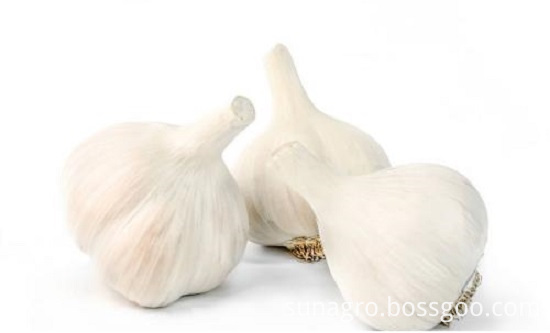Symptoms of peanut blight mainly occur at seedling stage, and peanut sheath blight mainly occurs at adult stage. Seedlings infected with rot in the seedling stage cannot be unearthed. Roots and stem bases become infected and form yellow-brown pitted spots, sometimes as many small spots, causing ring-shaped spots around the stems to cause the death of the whole plant. Pull out the white filamentous mycelium that the diseased plant can be seen adhering to the soil particles. Stem base is dark brown long shrinkage depression spot. After the disease tissue tear. The stems and pods were dark brown rot. Adult leaf sheath blight disease leaves dark brown lesions on the leaf tip or leaf margin, progressively expanding inwards into irregular patches. When the humidity is high, the lower leaf rots and falls off and spreads toward the upper leaves. White mycelium and sclerotia are generated on the decayed leaves, and the sclerotia become dark brown after the initial white color. The stems became infected with mottled patches, which caused the stems to rot and the plants were easy to fall. Fruit shank and fruit pods are easily broken, resulting in fruit drop. Late disease produces dark brown sclerotia.
The pathogen Rhizoctonia solani kuhn called the mycelial fusion group of AG, AG2 and AG4 of Rhizoctonia solani and belonged to the fungus Subgeronia spp. Polynuclear (more than 4 cores per cell) AG2 and AG4 mycelial fusion clusters were isolated from peanut seeds and pods. The isolates of AG1 and AG4 mycelia were isolated from leaves and stems. The sexual state is Thanatephorus cucumeris (Frank) Donk. The mycelium was branched at right angles on the PDA medium. The base was slightly curled, separated, white to dark brown. The sclerotia are white at the beginning, dark brown afterwards, round or irregular.
Transmission routes and disease conditions The pathogens use sclerotia or mycelium to overwinter on the sick or soil surface. The sclerotia germinates the next year to infect peanuts with hyphae. The disease minister makes hyphae contact with healthy plants and spreads the sclerotia. Weather and water flow spread. The bacteria growth temperature range 10-38 °C, the most suitable 28-31 °C. Sclerotia begin to form at 12-15°C, forming the most at 30-32°C, but not at more than 40°C. High temperature and rain, water accumulation is favorable for disease. Partial application of nitrogen fertilizer, excessive growth, severe disease in the field closed. Former crops such as rice sheath blight are also heavier. Water is heavier than dry land.
Control methods (1) Avoid continuous cropping or rice field rotation with rice sheath blight. (2) Do a good job of drainage and irrigation system, remove water in time and reduce the humidity in the field. (3) Properly dense planting, no nitrogen fertilizer applied, and additional phosphorus and potassium fertilizers. (4) In the early stage of spraying, spraying 3% Jinggangmycin 800-1000 times or 50% carbendazim wettable powder 600-800 times, 70% thiophanate-methyl (methyl thiophanate) wettable powder 600 -800 times the liquid, 60% anti-mildew Po WP 600-800 times, 50% Schrunk emulsion 600-800 times, 50% methyl tocopherol wettable powder 1000 times, 5% Tian An (A Ammonium iron arsenate) emulsion 400 times liquid, for every 667m2 liquid 60-75L, 10-75L, every 10-15 days, once even 2-3 times.
Garlic, perennial herbs, liliaceous allium.Subterranean bulb is divided into purple seed and white seed according to skin color.Pure White Garlic spicy, pungent smell, edible or for seasoning, also medicine, by the public favorite food.Garlic is nutritious: 69.8 grams of water per 100 grams, 4.4 grams of protein, 0.2 grams of fat, 23.6 grams of carbohydrates, 5 milligrams of calcium, 44 milligrams of phosphorus, 0.4 milligrams of iron, and C3 milligrams of vitamin c.We provide the best quality for the customer, if you have any need, please tell us.

Pure White Garlic
Pure White Garlic,Pure White Fresh Garlic,Natural Pure White Garlic,Quality Pure White Garlic
Jining Sunagro Trade Co., Ltd. , http://www.sunagro-food.com